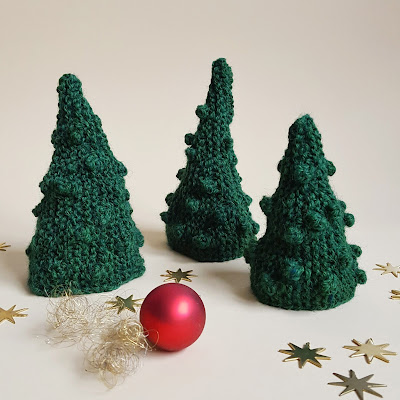This is definitely NOT a complete pattern, but a sketch or idea for a pair of socks that explains some points to pay attention to when knitting socks with this helix knitting technique.


This work by Knitting and so on is licensed under a Creative Commons Attribution-NonCommercial-ShareAlike 4.0 International License.
Materials
- about 60 to 70 grams of fingering weight yarn
- 3mm dpns (I usually distribute my stitches on four needles when knitting socks)
- scrap yarn for afterthought heel
- a tapestry needle to weave in ends
Techniques
- Toe up sock knitting: as explained on dummies.com or in this video by Girly Knits
- Afterthought heel: Here's a tutorial in three videos by Knit Purl Hunter
- Helix knitting: as shown in this video by Pepperly
- Stretchy BO: for a stretchy BO I usually use this method (as shown by VeryPink Knits), but there are other stretchy BOs as well, e.g. a sewn BO.
"Instructions" or what to bear in mind

Knit a toe in one color and distribute your stitches on four needles. After finishing the toe, skip one needle and start the 2nd color in the middle of the sole side of your sock (see photo on the right hand side).
Knit two needles with the 2nd color, then go back to the 1st color yarn and knit two needles with your 1st color. Switch to the needle where the yarn of the 2nd color is currently and knit two needles from there. Go on alternating between both colors.
For this kind of helix knitting you need a heel that does not rely on rows on the top of the foot. The only heel with this property that I know of is the afterthought heel. Make sure to insert the scrap yarn for the afterthought heel after knitting the two heel needles in one color, i.e. do not insert the scrap yarn for the afterthought heel over a color change.
Then go on with your helix pattern - make sure to end the 2nd color also in the middle of the back of the sock. I used the first color to knit the rib and also to knit the afterthought heel.






















